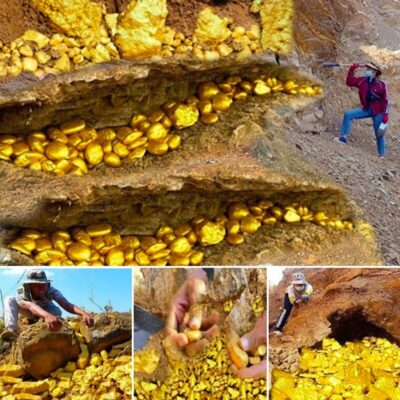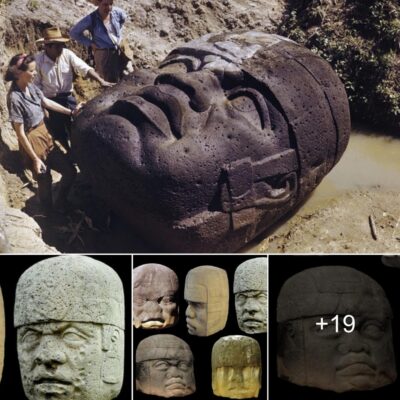It’s a sheep! It’s a cow! No, it’s Costasiella kuroshimae (or ‘Leaf Sheep’ for short). This adorable little sea slug, whose beady eyes and cute feelers make it look like a cartoon sea sheep, feeds on algae – just like the real thing!

What’s fascinating about the tiny cute animal which can grow up to 5mm in length and can be found near Japan, Indonesia and the Philippines, is that they are one of the only sea creatures in the world that can perform photosynthesis (the others all belong to the sacoglossa sea slug clade). When these weird animals eat algae, they suck out the chloroplasts and incorporate them into their own bodies in a process called kleptoplasty. This process, which otherwise can only be performed by single-celled organisms, essentially makes them solar-powered slugs!
If this cute little creature of the sea has inspired you to see sea slugs in a new light, then check out this adorable ‘sea bunny’ sea slug to seal the deal!




Consider the Sacoglossa sea slug, also known as the “solar-powered sea slug” – or, when scientists are feeling unkind, the “sap-sucking sea slug.” Or we could call it the “self-decapitating sea slug that bears an uncanny resemblance to Shaun the Sheep” and still be entirely fair to this tiny creature, Costasiella kuroshimae.

Actually there are (at present) 284 known species of Sacoglossa sea slugs in all temperate and tropical waters worldwide, and only C. kuroshimae looks like an adorable hybrid between Shaun the Sheep and a Medusa. It lives in the waters of Southeast Asia.

Shaun the Sheep, by the way, is a cartoon character who featured in, among other things, “Farmageddon.” He is adorable. But let us get back to the sea slugs.

Some of the other Sacoglossans bear a passing resemblance to lovable ovines, but some look mainly like seaweed – and this is not coincidence.

Sacoglossans comprise what zoologists call a “superorder” within the world of mollusks and can be split into two main types: the ones that retain a shell like their cousin the snail, and are basically bivalve gastropods; and some that lost their shells in the course of their evolution. “Shaun the Sheep” Sacoglossans are shell-less. These are the ones affectionately known as “sea sheep,” which obviously they are not.

What these different Sacoglossan branches have in common is an unusual relationship with algae.

Unlike snails, which sport a flexible band called a radula bearing thousands of microscopic teeth that rasp particles of food from – you don’t want to know – Sacoglossans sport merely one row of tiny teeth on their radula.

The “sap-sucking sea slugs” use their relatively un-horrifying radula to extract plasma from algae cells. Shelled Sacoglossans have a particular predilection for Caulerpa seaweed, which looks not unlike a soybean plant of the sea. The sap-sucking sea slugs simply digest this plasma. This is not particularly unusual. Non-shelled Sacoglossa have diversified and will also dine on siphonalean or septate green algae.

It’s the other Sacoglossans that “weed out” chloroplasts from algae they eat, and sequester the chloroplasts inside their own tissues, and use these embezzled chloroplasts to do the same thing the algae did with them – photosynthesize – which stand out from the pack of every other multicellular animal in the world.
I appreciate you taking the time to read this post from Ideassimple. I hope you learn a lot about nature. Please leave a comment or share our article if you think it insightful and interesting. Thank you very much!











